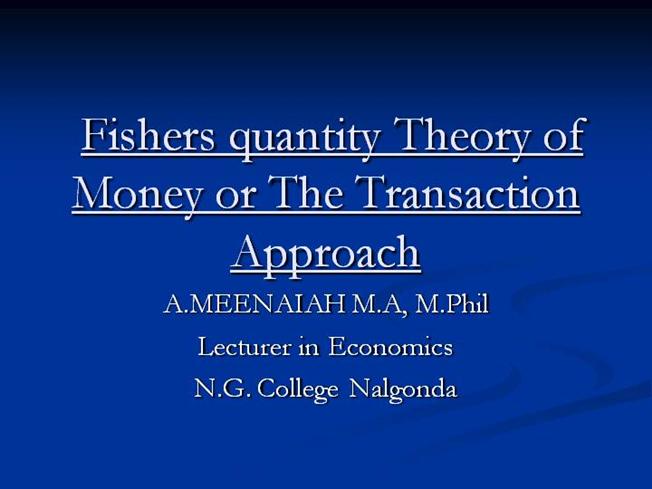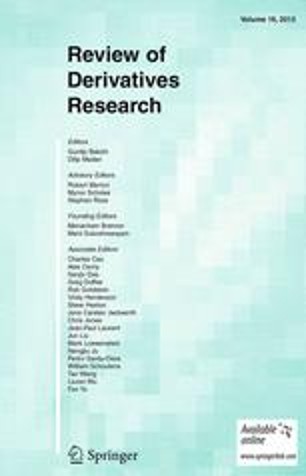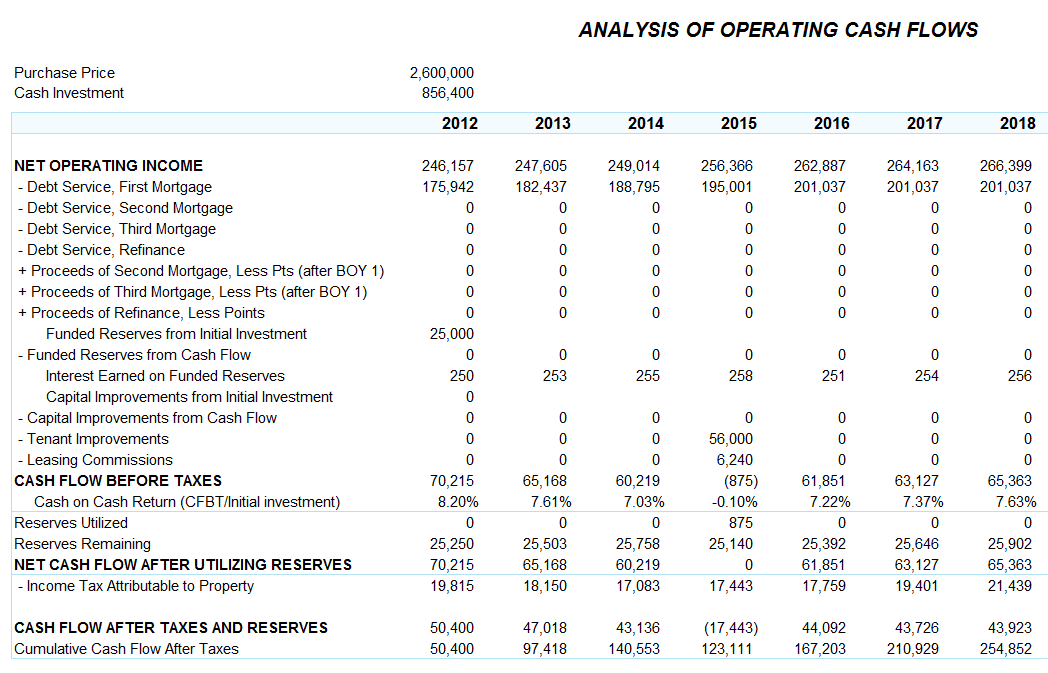
In your (@bgst) plot residuals are showed as function of $X$, so heteroskedasticity (defined as above) appear evident. Indeed graph like that is frequently used for show how heteroskedasticity appear. Given the evident issues with OLS and heteroscedasticity, weighted ordinary least squares (WOLS) could be a solution. WOLS works by incorporating extra nonnegative constants (weights) with each data point. In any of these cases, OLS linear regression analysis will be inaccurate due to the greater variability in values across the higher ranges.
Provisioning ecotourism does not increase tiger shark site fidelity … – Nature.com
Provisioning ecotourism does not increase tiger shark site fidelity ….
Posted: Sat, 13 May 2023 07:00:00 GMT [source]
In such a case, the dependent variable would be market performances, and the predictor variable would be the number of marketing methods. Homoskedasticity is one of the critical assumptions under which the Ordinary Least Squares gives an unbiased estimator, the error term is said to be homoscedastic if and the Gauss–Markov Theorem applies. For a better understanding of heteroskedasticity, we generate some bivariate heteroskedastic data, estimate a linear regression model and then use box plots to depict the conditional distributions of the residuals.
Homoscedasticity and independence of errors
For this artificial data it is clear that the conditional error variances differ. Specifically, we observe that the variance in test scores (and therefore the variance of the errors committed) increases with the student teacher ratio. For individuals with higher incomes, there will be higher variability in the corresponding expenses since these individuals have more money to spend if they choose to.
- We call the error term whose variances are NOT constant across observations Heteroskedastic error.
- AIC weights the ability of the model to predict the observed data against the number of parameters the model requires to reach that level of precision.
- If the error has a constant variance, then the errors are called homoscedastic, otherwise heteroscedastic.
- This is the dependence of scattering that occurs within a sample with a minimum of one independent variable.
Homoskedasticity occurs when the variance of the error term in a regression model is constant. In normal distributions, a high standard deviation means that values are generally far from the mean, while a low standard deviation indicates that values are clustered close to the mean. An interval estimate gives you a range of values where the parameter is expected to lie. A regression model lacking homoskedasticity may need to add a predictor variable to explain the observations’ dispersion. Homoskedasticity can also be expressed differently in general linear models that all diagonals of a variance-covariance matrix ϵ must bear the same number.
If the error variances of a regression model are not constant, it is called: a. multicollinearity…
It’s also important to note that issues in a model can masquerade as each other, and you can’t really assume Heteroscedasticity based on cursory expectation alone. For example, nonlinearity, multicollinearity, outliers, non-normality, etc., can masquerade as each other. At a rocket launch, an observer measures the distance traveled by the rocket once per second. In the first couple of seconds, the measurements may be accurate to the nearest centimeter. After five minutes, the accuracy of the measurements may be good only to 100 m, because of the increased distance, atmospheric distortion, and a variety of other factors.
Randomization, design and analysis for interdependency in aging … – Nature.com
Randomization, design and analysis for interdependency in aging ….
Posted: Thu, 22 Dec 2022 08:00:00 GMT [source]
By definition, OLS regression gives equal weight to all observations, but when heteroscedasticity is present, the cases with larger disturbances have more “pull” than other observations. In this case, weighted least squares regression would be more appropriate, as it down-weights those observations with larger disturbances. This term, which is the opposite of heteroscedasticity, is used to name the property of some linear regression models in which the estimation errors are constant throughout the observations. Furthermore, if a variance, apart from being constant, is also smaller, it will give us a more reliable prediction of the model.
What is the meaning of heteroscedasticity and homoscedasticity?
Heteroscedasticity is chiefly an issue with ordinary least-squares (OLS) regression, which seeks to minimize residuals to produce the smallest possible standard error. Since OLS regression always gives equal weight to observations, when heteroscedasticity is present, disturbances have more influence or pull than other observations. A simple method to detect heteroscedasticity is to create a fitted value vs residual plot.
For example, suppose you wanted to explain student test scores using the amount of time each student spent studying. In this case, the test scores would be the dependent variable and the time spent studying would be the predictor variable. Regression analysis is used in graph analysis to help make informed predictions on a bunch of data. With examples, explore the definition of regression analysis and the importance of finding the best equation and using outliers when gathering data.

On PhD level economentrics they teach all kinds of weird stuff, but it takes time to get there. I don’t think it’s a problem of education that most people get off the train somewhere around MSc level. I understand and appreciate what your saying especially that there is a significant time constraint. For several independent variables (regressors) model, introducing all the regressors, their square or higher terms and their cross products, consume degrees of freedom.
Detecting homoscedasticity and heteroscedasticity
Once you fit your regression line to your dataset, you can create a scatterplot that shows the values of the models compared to the residuals of the fitted values. The output of vcovHC() is the variance-covariance matrix of coefficient estimates. We are interested in the square root of the diagonal elements of this matrix, i.e., the standard error estimates. Such a dataset would likely skew residuals towards heteroscedasticity, as the errors expand as the range increases. It essentially means that as the value of the dependent variable changes, the error term does not vary much for each observation.

In regression analysis, heteroscedasticity refers to the unequal scatter of residuals or error terms. Specfically, it refers to the case where there is a systematic change in the spread of the residuals over the range of measured values. I suppose I get frustrated every time I hear someone say that non-normality of residuals and /or heteroskedasticity violates OLS assumptions.
Both White’s test and the Breusch-Pagan test are based on the residuals of the fitted model. To see if our model has the property of homecedasticity, that is, to see if the variance of its errors is constant, we will calculate the errors and plot them on a graph. To give you a simple example, imagine that you are measuring temperature (degrees Celsius) at your local airport using a sensor, with the goal being to see how temperature changes over time. If you measure temperature every day (once per day, say at noon), then you can expect the resulting daily values of temperature to be correlated with each other if they come from days which are close to each other. If you see patterns in the errors (for example, if they fan out over time and create a classic cone shape), that’s an indication of heteroscedasticity.

That vcov, the Eicker-Huber-White estimate of the variance matrix we have computed before, should be used. Statistical tests such as regression analysis and ANOVA rely upon the assumption that the prediction errors of the model have equal variance. In statistical terminology this is referred to as homogeneity of the variances, or homoscedasticity (the prefix “homo-” meaning “same” in Greek). The absence of homoscedasticity, or heteroscedasticity (‘hetero-” meaning “different”), is thus an important concern in data analysis. In effect, while an error term represents the way observed data differs from the actual population, a residual represents the way observed data differs from sample population data.
All inference made in the previous chapters relies on the assumption that the error variance does not vary as regressor values change. It would be really dangerous, scientifically speaking, to convey the feeling that “we can bootstrap our way to the truth of the matter” -because, simply, we cannot. Mathematics Stack Exchange is a question and answer site for people studying math at any level and professionals in related fields. In the previous image we can see a graph that represents the price of the IBEX35.
Homoscedasticity is a desirable property of errors in a simple regression model. Homoscedasticity, as we have said before, allows us to make more reliable models. And that reliability is reflected in the fact that it is much easier for econometricians to work with the model. We call the error term whose variances are NOT constant across observations Heteroskedastic error. Moreover heteroschedaticity sometimes is presented as a property of error matrix, then as temporal or spatial dependence among errors.
Here, population size (the independent variable) is used to predict the number of bakeries in the city (the deponent variable). Instead, the population size could be used to predict the log of the number of bakeries in the city. Performing logistic or square root transformation to the dependent variable may also help. Models that utilize a wider range of observed values are more prone to heteroscedasticity.
Example of Homoskedastic
A linear regression exhibits less delay than that experienced with a moving average, as the line is fit to the data points instead of based on the averages within the data. Put simply, heteroscedasticity refers to the circumstance in which the variability of a variable is unequal across the range of values of a second variable that predicts it. You always start with an ideal case when teaching, then go into all kinds of complications.
- However, this does pivot the question somewhat and might not always be the best option for a dataset and problem.
- To validate the appropriateness of a linear regression analysis, homoscedasticity must not be violated outside a certain tolerance.
- The error term stands for any influence being exerted on the price variable, such as changes in market sentiment.
- Seeing patterns in the errors is an indication there’s something missing from your model that is generating those patterns.
- Because of the generality of White’s test, it may identify the specification bias too.
- Sometimes the variance of the error terms depends on the explanatory variable in the model.
Homoscedasticity describes how the error term (the noise or disturbance between independent and dependent variables) is the same across the values of the independent variables. So, in homoscedasticity, the residual term is constant across observations, i.e., the variance is constant. In simple terms, as the value of the dependent variable changes, the error term does not vary much. Heteroscedasticity differs from homoscedasticity in that in the latter the variance of the errors of the explanatory variables is constant throughout all the observations. Unlike heteroscedasticity, in homecedastic statistical models the value of one variable can predict another (if the model is unbiased) and, therefore, errors are common and constant throughout the study.